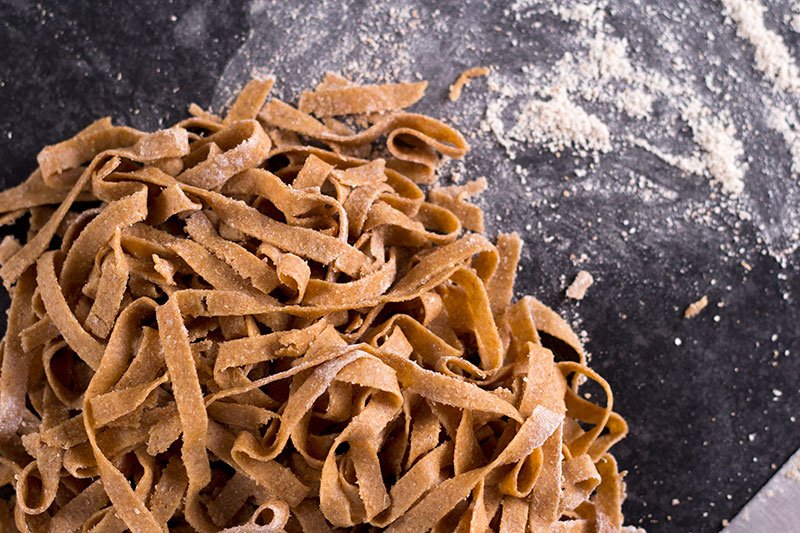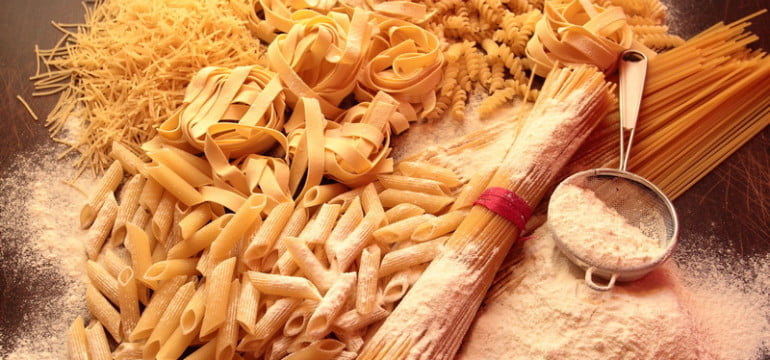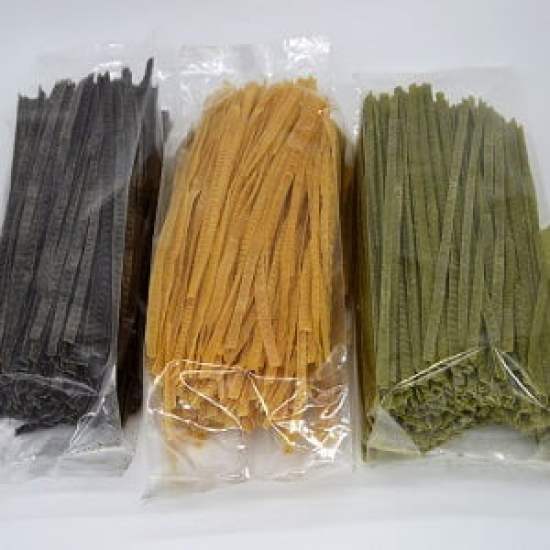The Mediterranean diet is one of the most useful for people looking to lose weight. While the diet primarily emphasizes losing weight and reducing the number of carbohydrates one needs to consume, pasta is a delicious part of any diet.
Can You Eat Pasta In Mediterranean Diet
The Mediterranean diet is centered around whole grains, such as farro, millet, couscous, and brown rice. With this eating style, you’ll generally want to limit your intake of refined grains such as white pasta and white bread.
What Kind Of Pasta Can You Eat On The Mediterranean Diet
Pasta is an important food that must be present in your diet, even on a diet. On the market, there are various types that allow you to alternate the consumption of different cereals, important to make your diet richer and more varied. Wholemeal, durum wheat semolina, soy, rice, Kamut, spelt
Spelt pasta

Spelt pasta is an interesting variant with regard to the consumption of cereals. It has a high protein content compared to other types of wheat (15.1% compared to 13% of wheat pasta), is low in fat, and is rich in mineral salts and vitamins. This cereal has 347 calories per 100 gr, is highly digestible, and has high satiating power.
Wholewheat pasta
If you are on a diet, wholewheat pasta can help you achieve your goal, both because it is rich in fiber and has a lower glycemic index than durum wheat semolina pasta and because it satisfies you with smaller quantities and therefore helps you not to overdo it with portions.
The wholewheat version of the pasta comes from the complete grain of wheat, still pure, that is, not deprived of bran and germ, guaranteeing the wholemeal pasta decidedly nutritious properties: the germ has essential fatty acids and antioxidants, while the bran offers many mineral salts. These characteristics have a positive influence on the intestine and are very useful for the prevention of cardiovascular diseases.
Avoid consuming it every day, because, like any whole food, pasta also contains phytic acid, which limits the assimilation of certain nutrients such as calcium, iron, copper, and zinc. The ideal condiment?
Raw vegetables and raw oil, or vegetables sautéed and seasoned raw, simple tomato sauce or legumes.
Kamut pasta
In the common imagination, Kamut is considered a different type of cereal, when in reality it is a variety of wheat called Khorasan, the ancestor of modern durum wheat and produced through organic farming. Kamut is highly valued because it is rich in high-quality protein (20-40% more than traditional grains), vitamins, minerals, and fiber in greater quantities than ordinary wheat. Basically, it is a source of carbohydrates like other cereals, important for the daily energy intake of a Mediterranean diet. However, it is not suitable for celiacs, because it contains gluten.
Durum wheat semolina pasta

It is the main dish of the Italian tradition that you can not give up even on a diet. According to the principles of the Mediterranean diet, in fact, 55-60% of the total daily calories must be provided by complex carbohydrates, starches contained mainly in the cereals from which pasta flours are obtained. Greenlight to a nice plate of spaghetti with sauce, therefore, but be careful: eat them al dente. Hot pasta is a real enemy of your diet because it promotes the absorption of sugars, which raise the level of blood sugar, stimulating insulin. In turn, insulin works to lower the level of blood sugar, but at the same time, it raises the risk of weight gain, facilitating the accumulation of adipose tissue.
Rice pasta
Rice pasta is another tasty and healthy alternative, especially for those who, like celiacs, must stick to a gluten-free diet. Its caloric intake is slightly lower than semolina pasta (336 calories against 353 calories) but gives a greater sense of satiety. Rice, in fact, absorbs more water than wheat and therefore guarantees a higher yield. However, it has a higher glycemic index, so if you are diabetic you need to be careful.
This pasta has no additives or preservatives and is pleasant even for those suffering from digestive problems. In Italy, rice pasta is marketed – in almost all typical formats – by rice producers.
Soybean pasta

Unlike pasta made with cereal flours, it does not contain gluten, so it can be a valid alternative for celiacs. Soy is also an excellent source of proteins and lipids, especially for vegetarians, and has an anti-cholesterol action, thanks to the presence of isoflavonoids.
Consuming pasta based on soy flour is an excellent habit, but learn to alternate it with other varieties: excessive consumption of soy, in fact, makes it difficult to absorb micronutrients such as zinc. There is also a paste enriched with soy germ that recent studies have shown to be very useful for diabetics. Perfect with sautéed vegetables.

